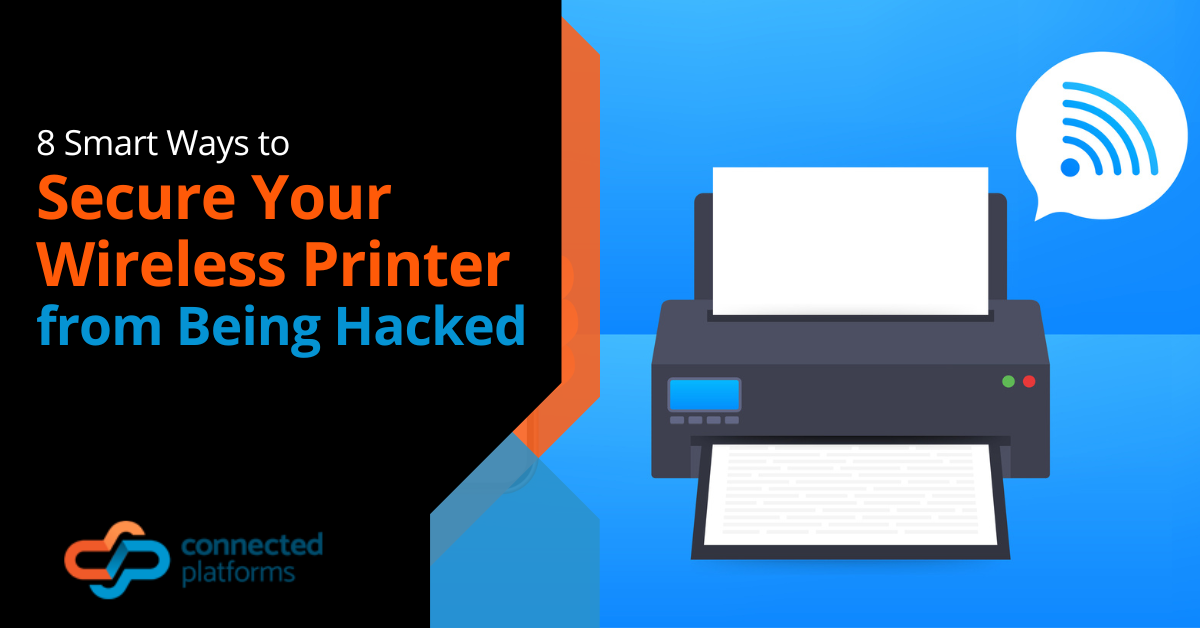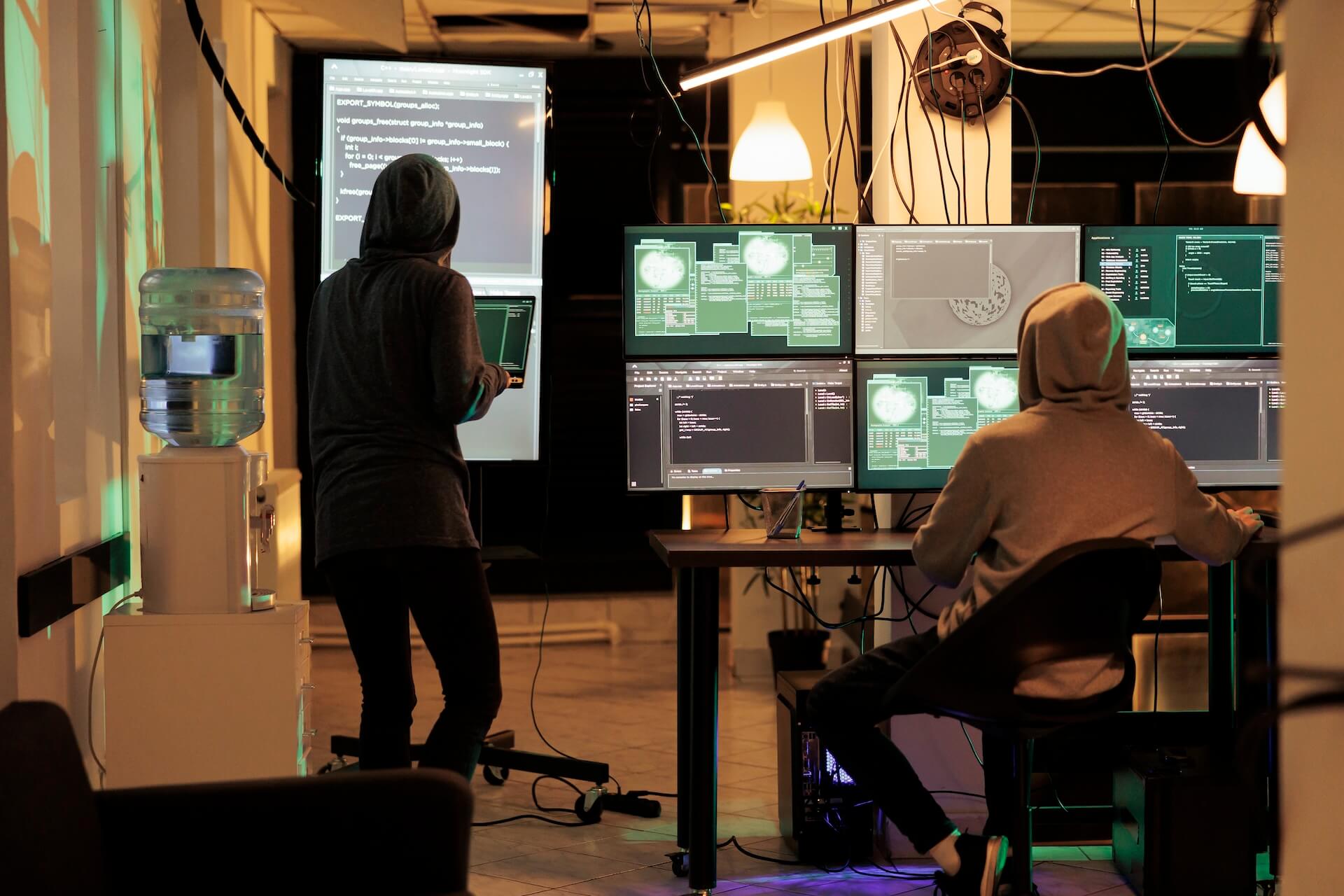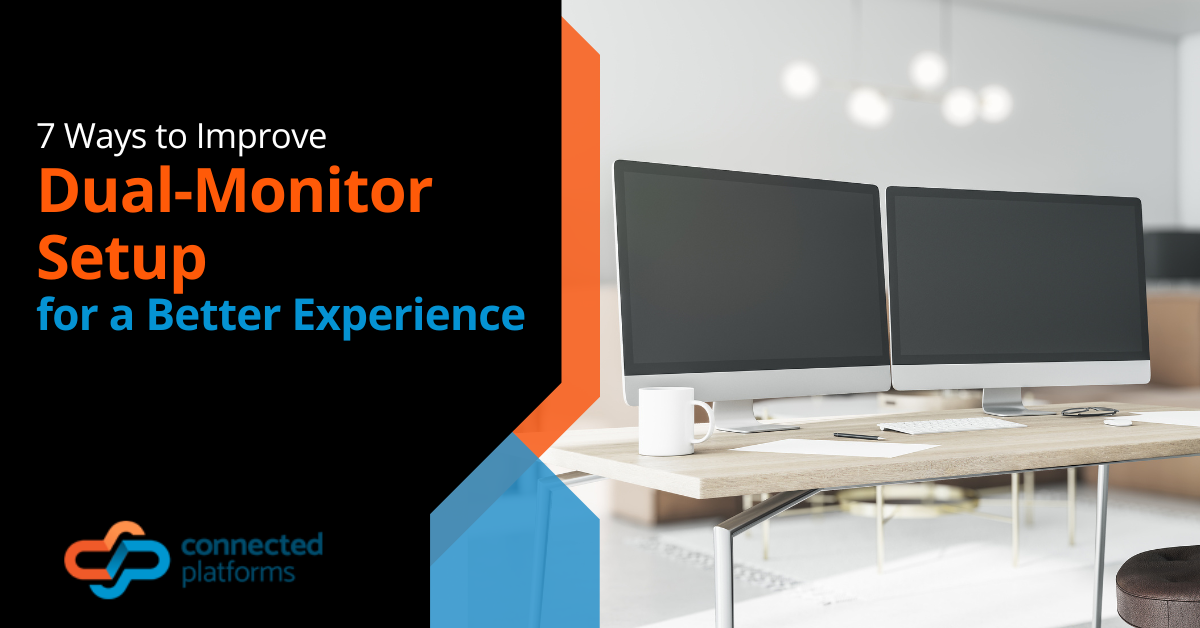Regarding cybersecurity, most people focus on the main computing devices, laptop data security, and handset software security. However, they do not pay attention to the variety of devices, particularly wireless ones, that can be vulnerable to hacking due to a flaw in the connection protocol. Wireless printers are one such device.
In today’s digital age, wireless printers have become a staple and essential necessity in the home and office. The flexibility, convenience, and ease of use that wireless printers provide allowing users to print from virtually any location and within range without the need for cumbersome cables, is one of the reasons they are well-accepted in the home or office environment.
However, as convenient as these printers may be, they pose a high-security risk – the risk of being hacked. According to Cisomag, 60% of businesses experience data loss as a result of printer security breaches. Like other wireless devices, wireless printers, if not secured, are vulnerable to hacking, leading to the loss of sensitive information or unauthorised access to a network.
As a result, smartly securing your wireless printer is a critical task that needs to be taken seriously. Continue reading this article to get the eight best ways to secure your wireless printer from hackers.
8 Smart Ways to Secure Your Wireless Printer from Being Hacked
You probably don’t consider printer security as serious as you do computer or router security. However, it is important to note that just like other network devices, it is essential to keep your printer secure. Here are some smart ways to secure your wireless printer from being hacked:
- Change Default Passwords and Use Strong Passwords
Wireless printers are connected to the Internet, which means they can be accessed remotely with a password. Having strong or complicated passwords set up helps protect unauthorised users from accessing the device and any sensitive information, such as print jobs or network credentials.
Therefore, ensure you change the default password of the printer to a unique and strong password. You can check the printer manual or the manufacturer’s website for how to change it. Use a combination of uppercase, lowercase, numbers, and symbols. Also, make sure your printer requires login credentials every time. This allows you a way to monitor your printer’s security.
- Install a firewall
A firewall is a network security software that protects your computer or network from incoming traffic or dangerous malware. For the printer, a firewall regulates network access and prevents unauthorised access to your printer and network.
To effectively carry out, ensure the firewall on your router and any other network-connected devices is turned on. You can also use firewall software from a third party to add an extra layer of security. It also has new protocols that prevent hackers from accessing your printer from the inside or remotely.
- Turn off remote printing
Remote printing allows you to print from anywhere in the world by sending your print job to your printer over the Internet. While this feature is useful, it can also pose a security risk. Disable remote printing on your printer if you do not use it.
Hackers can exploit remote printing to gain access to your network. They can divert or interrupt your print job, steal sensitive information, or infect your printer with malware. By turning off remote printing, you eliminate this risk and ensure that your printer is only accessible within your network.
- Update printer firmware
Printer firmware is software installed in a printer when it is first manufactured. The goal of printer firmware updates is to improve the efficiency and functionality of your printers.
You can update your printer firmware by enabling the automatic update feature on your printer. You may also download it manually from the printer’s display screen. Check that your printer is connected to your computer and turned on. Keeping your company’s wireless printers updated with the latest firmware help reduce cybersecurity risk.
- Keep an eye on your printer
Monitoring your printer is vital to securing your wireless printer from being hacked. It enables you to detect and respond to any suspicious activity. You can monitor your printer by reviewing the logs and setting up alerts for specific events.
Printer logs contain details about the printer’s operations, such as printing, scanning, and copying. By checking these logs regularly, you can detect any unauthorised activity on your printer. Setting up alerts for specific events, such as failed login attempts or unusual printing behavior, can also assist you in detecting potential security threats.
- Use VPN
Ensure you secure your wireless printer using a strong VPN. VPN allows you to secure your network connection when using public networks. It also encodes your data and protects your online identity from being compromised by an unsecured network.
- Unplug it
Unplugging while not in use is the most basic approach to safeguard your data. Unplugging your printer disconnects it from the public network, preventing hackers from accessing your data via your printer. Switching off your printer after each usage is not always practicable, but if you aren’t using it for a prolonged time, do so.
- Educate your employees
Spend some time teaching your employees how to operate the printer responsibly, various risks that could affect the printer, and the best ways to secure the printer from being hacked. Regularly conduct meetings, cybersecurity awareness training sessions, and more. This help keeps you and your employees updated with the latest risks associated with printing and the best ways to secure it.
Need Help Protecting Your Wireless Printer?
Wireless printers are vulnerable targets. As a result, they should be adequately protected to prevent unauthorised access to the network and loss of sensitive information.
Connected Platforms can help your Brisbane area business with effective tips and solutions to securely protect your wireless printer from being hacked.
Contact us for a free consultation. Book a coffee meeting online or call 07 3062 6932.




